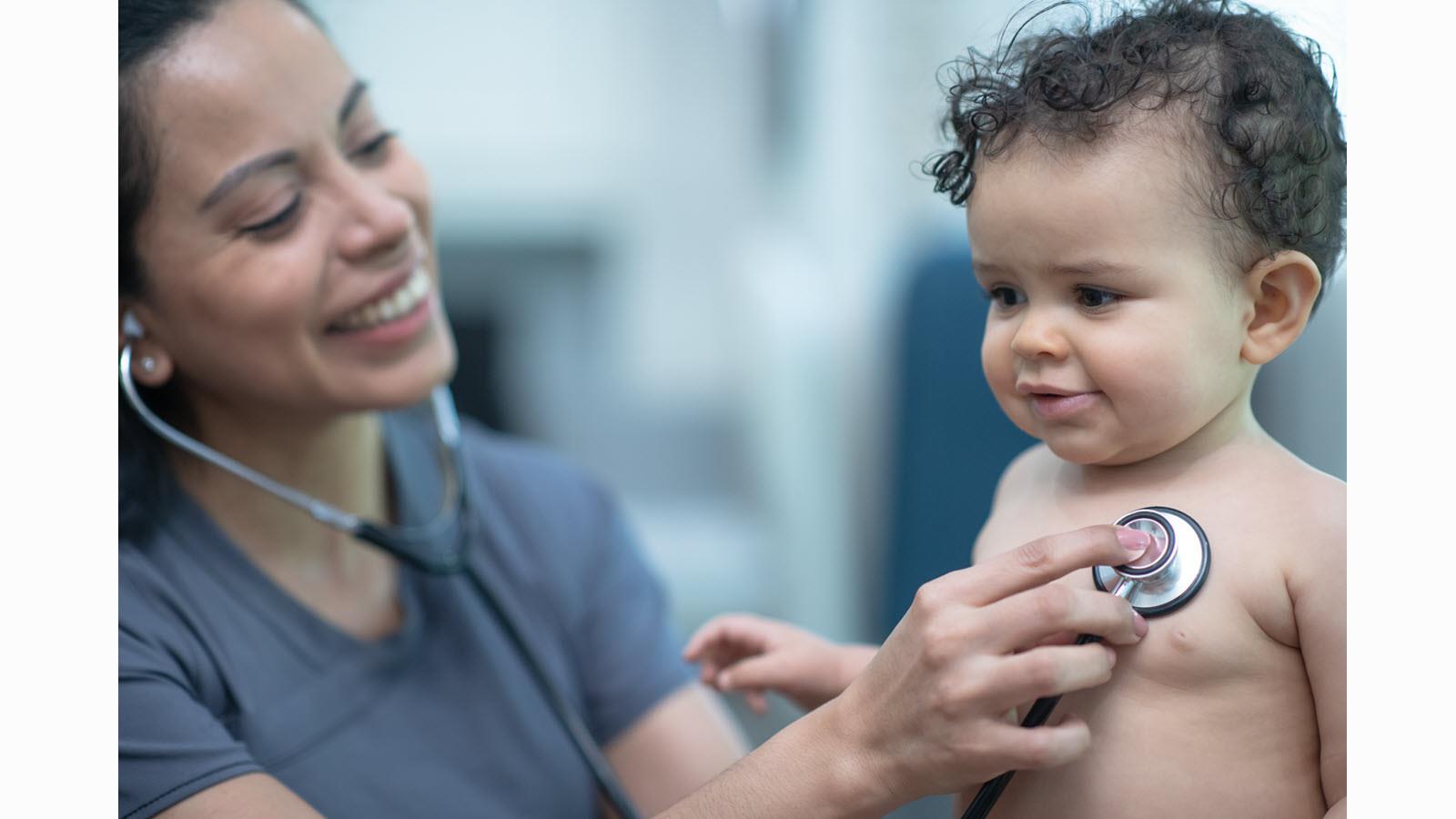Even with their pediatrician’s advice, a stack of parenting books and their own intuition, parents often have questions about how to raise a healthy child. And if the child has a rare bleeding disorder, those questions require expert answers.
We asked Dr. Shirley Abraham, Professor, Division Chief of Pediatric Hematology and Oncology at the University of New Mexico and Director of the Ted R. Montoya Hemophilia Treatment Center, to answer questions about baby care, emotional well-being and where to find the best resources.

What should parents watch for to detect signs of bleeding during their baby's first year?
I wish that there was a situation where every patient was diagnosed right at birth because it's a genetic condition and symptoms generally present themselves in the newborn period, but sometimes it's not until they're a toddler or even older.
In the newborn period, it's usually a scalp hematoma; they can bleed into their scalp. This occurs if they're born via normal delivery or if they had an instrumental delivery with a vacuum or forceps. The other type of bleed they can have is prolonged bleeding after circumcision. That's what we get called about a lot. Also, babies get what are called heel sticks for blood draws during their newborn screening, and many of them end up with prolonged oozing from those heel sticks.
Once they become a toddler, they're kind of cruising around and they can bump into things and most commonly they fall on their butt and they can have buttock bleeds or they kind of bump into the edge of a coffee table and they get a frenulum bleed, which is the connection between your lip and your gum. And as they get older, they can get joint and muscle bleeds.
Also, it can come in the form of easy bruising. Parents say that the child hardly did anything, and they're just covered with bruises. And sometimes bruises are in unusual areas. It's not even their legs, which is kind of the area expected in children who are active, but it may be on their trunk, or on their face. Those are unusual areas for bruising and that should always raise a red flag.
How can parents ensure the emotional health of their children from an early age?
The biggest role for parents would be to normalize the child's life as much as possible despite them having a bleeding disorder. Not being able to participate in a contact sport doesn't mean they cannot do anything else. In discussion with a treatment center, I think the parents need to identify the activities that are safe for their child and get them involved and engaged in things that they can actually do safely as well as enjoy it and have that social interaction.
Examples of activities that can be played safely can be found on the National Hemophilia Foundation’s website, which gives a list of all activities and grades them as green, yellow or red depending on how safe they are for each person.
See the list here: https://www.hemophilia.org/sites/default/files/document/files/Playing-It-Safe.pdf
What pieces of information would you want every parent to be equipped with to help navigate the condition and ensure their wellbeing?
They should know the resources that are available out there. Number one is the HTC (Hemophilia Treatment Center) and knowing the contact for the HTC.
Every HTC is connected with a chapter within their state. And the chapter is also a big resource for these families because they get them connected to resources like support or meetings that are coming in the region or nation, as it's important for families to get connected with people who are going through similar situations and diagnosis to learn how others navigate it and help support their child.
We work very closely with the schools as well. That's a big support system because whether it be the child going to a day care or school, we work with the staff in each.
I have had Zoom meetings with the staff to let them know what to expect like what to do if they have an injury, what to do if they have a bleeding symptom, etc. Because many of them, as soon as they hear that the child has a bleeding disorder, there's a panic. And we need to give reassurance and education to make them aware that the kids can still lead a healthy, normal and full life even with the bleeding disorder as long as they know how to take care of them.
Also, we provide all our patients and families with what we call a travel letter, which is what the child can carry with them anywhere they go, even out of state or to another center. These have information about the patient including: their name, date of birth, diagnosis, general treatment, their prophylaxis (prevention) versus what they use if they experience a bleed and information about the HTC and who to contact.



